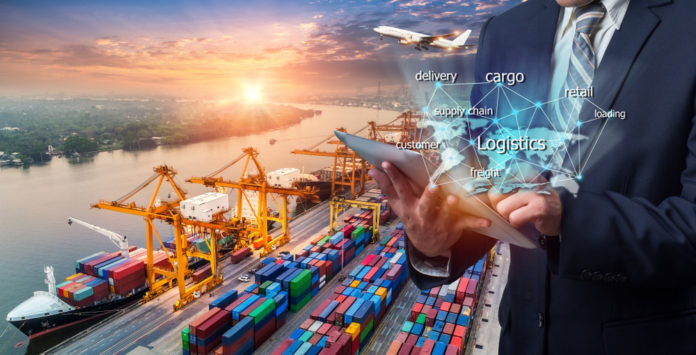According to the market analyst firm IDC, the transportation industry has now become the second-largest segment investing in the Internet of Things (IoT) with an approximate spend of US$78 billion since 2016. One of the key areas of investment has been in fleet management and logistics with more recent investments around shipping companies too.
With the increase in online ordering, enormous quantities of goods are moving across the land and ocean at any given time. As the global disruption to the supply chain continues to impact businesses and retail outlets, it is becoming increasingly important for companies to automate the tracking process. Whether in the warehouse or on the trucks and ships used to transport goods, containers need to be tracked and monitored at every stage of their journey, ensuring it arrives on time and in good condition. If a container goes missing or conditions within refrigerated containers change, like a rise in temperature, the manufacturers must be notified immediately.
IoT-enabled tracking allows companies to receive real-time information not only on their trailers and containers, but also on individual packages so that consumers can get an update on the status of their order.
Long Range, Low Power Sensors
When dealing with numerous assets on the move, it is vital to track goods as they are transported across the globe. Having access to reliable location data is increasingly valuable to production managers, reducing the potential for assets to be misplaced or lost entirely during their journey.
To address this issue, business should look at implementing an IoT-based asset tracking system that leverages long range, low power technology. With Semtech’s LoRa® devices and the LoRaWAN® standard, companies can implement a solution that is flexible, scalable and easy to install. By coupling those features with a low cost and lightweight solution with a standardized infrastructure, the result is a reliable tracking solution that allows logistics operators to reduce downtime and unexpected errors during transportation. Current LoRa solutions enable high accuracy and geolocation with very low power consumption. Most cargo trackers are battery-powered and run the risk of high costs and continued maintenance on replacing the batteries. LoRa lowers the total cost of ownership by delivering longer battery life.
Sensors leveraging LoRa with geolocation capabilities allow organizations to bring better asset management to further optimize supply chain operational processes. A transceiver can utilize Global Navigation Satellite System (GNSS) tracking for outdoor applications and Wi-Fi passive scanning for tracking indoor assets – enabling continuous indoor-outdoor tracking on a single chip.
Benefits of Tracking Containers
The World Shipping Council’s 2020 report estimates there are on average a total of 1,382 containers lost at sea each year. Leveraging sensors using LoRa with precise geolocation enables companies to monitor many variables while vessels are at sea, or on land like the status of shipping containers and the condition of machinery, fuel efficiency, environmental metrics and cargo. The sensors can be placed in shipping containers to detect when it is opened or closed, if the temperature changes, and provide end-to-end tracking of each location.
The information captured by the sensors is passed to gateways using LoRa that transmit the data to a network and application server for processing of the information. Sensors utilizing LoRa deliver real-time information and automated alerts on the cargo status to both merchants and port personnel via a computer or mobile device. The real-time data continuously ensures that should a container go overboard, the fleet’s captain will be alerted in real time and can potentially mitigate the loss of any more cargo.
The Road Ahead
By incorporating IoT-enabled asset management solutions, companies can save time and money as they can more efficiently monitor goods and mitigate against losses or damages. With long-range, low-power technology, companies can easily implement a scalable and easy-to-use IoT solution.
Author of the article: Marc Pégulu, Vice President, Wireless and Sensing Product Group, Semtech

Marc Pégulu has been vice president of IoT in the wireless and sensing products group at Semtech since June 2015. He held the position of vice president of wireless and sensing products from June 2014.
Prior to this appointment, he held the position of director of marketing and applications. Pégulu joined the Company in March 2006 and was involved in several key technology initiatives, including LoRa wireless and software-defined modem technologies.
Prior to joining Semtech, he held positions in chips and systems development at Thomson CSF, Thales, ATMEL and DibCom in France and China. Pégulu holds a Master of Science degree in electronics and telecommunications from Institut National Polytechnique of Grenoble, France, and is a graduate of the Executive MBA program of ESCP Europe.







